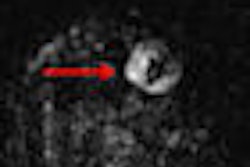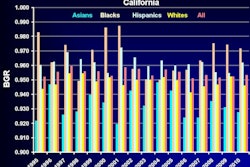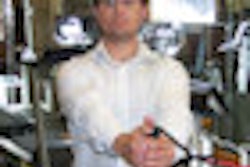Dear AuntMinnie Member,
The relationship between prenatal ultrasound and sex-selective abortion is a tragic refrain in many parts of the world, particularly Asia, where a cultural preference for boys and access to inexpensive ultrasound scans has led to growing population imbalances.
But could the same phenomenon be happening in one of the most advanced regions of the U.S. -- the Silicon Valley? That's the suggestion of a new study presented at the just-concluded American Institute of Ultrasound in Medicine meeting in Phoenix.
Senior editor Erik L. Ridley describes the work of a California researcher who has been tracking the relationship between a rising number of keepsake ultrasound centers and gender imbalances among immigrant Asian communities in the state. Although a causal link has yet to be found, he has discovered a disturbing correlation between access to keepsake ultrasound facilities and lower female-to-male birth-gender ratios in some Northern California counties.
Read the rest of the story by clicking here, or visit our Ultrasound Digital Community at ultrasound.auntminnie.com.
More radiation risk headlines
In other news, radiation risk from medical imaging scans continues to make headlines, with several new stories appearing in our CT Digital Community.
First up is an article on how California's radiology community is preparing for the implementation of the state's landmark new law on radiation dose reporting in July. The original law as passed in 2010 had several provisions that radiology advocates believe are cumbersome, so they are pushing to have revisions passed to revise the legislation before it goes into effect. Learn what's going on by clicking here.
In other news, researchers from Colorado are trying to cut through the confusion over radiation dose. They've developed an easy-to-use reference card designed to help patients and referring physicians understand the real risks behind radiation from medical imaging scans.
The card lists the approximate risk of fatal cancer for an adult and compares it to the estimated lifetime risk of death, both from natural causes of radiation and from other events, such as drowning or lighting strikes. Learn more by clicking here, or visit our CT Digital Community at ct.auntminnie.com.



















